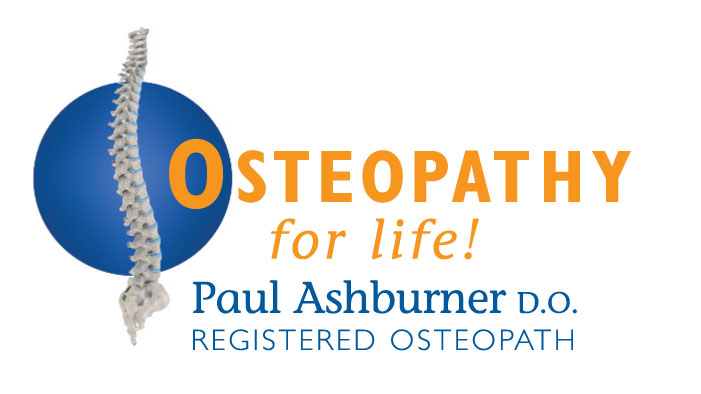
Health Articles
The Benefits of Good Postural Alignment in Bilateral Sports: Enhancing Performance, Reducing Injuries, and Aiding Recovery
Postural alignment is a critical aspect of physical health, particularly in bilateral sports such as swimming, running, and cycling. These sports require the body to perform symmetrical movements, relying heavily on balance and coordination. Good postural alignment can significantly influence athletic performance, reduce the risk of injuries, and expedite recovery post-exercise.
As an osteopath and posture specialist, I often emphasise the importance of maintaining proper alignment to athletes aiming to optimize their training and competition outcomes.
Enhancing Performance
Proper postural alignment allows for the efficient functioning of muscles and joints, which directly impacts athletic performance. In sports like swimming, running, and cycling, maintaining alignment ensures that energy is used effectively, reducing unnecessary strain and maximizing power output. For instance:
Swimming: Proper alignment helps maintain a streamlined position in the water, reducing drag and allowing for more efficient strokes. This alignment enables swimmers to glide through the water with less resistance, conserving energy and improving speed.
Running: Good posture helps runners maintain an upright stance, which facilitates optimal breathing and enhances oxygen delivery to muscles. It also ensures that the forces generated during running are properly absorbed and transferred through the body, reducing fatigue and increasing endurance.
Cycling: In cycling, proper alignment helps maintain a stable core, allowing the legs to pedal efficiently. A well-aligned posture reduces strain on the back and neck, promoting sustained performance over long distances.
Reducing the Risk of Injuries
Inadequate postural alignment often leads to muscle imbalances, joint stress, and compensatory movement patterns, increasing the likelihood of injuries. For athletes engaged in bilateral sports, where repetitive movements are common, the risk is particularly high.
Key benefits of good alignment include:
Balanced Muscle Use: Proper alignment ensures that muscles on both sides of the body are used evenly, reducing the risk of overuse injuries. For example, balanced use of muscles in swimming can prevent shoulder injuries, which are common due to repetitive overhead movements.
Joint Health: Maintaining alignment helps distribute forces evenly across joints, minimizing wear and tear. In running, for instance, proper posture can reduce the impact on the knees and hips, preventing conditions like patellofemoral pain syndrome and iliotibial band syndrome.
Reduced Strain: Good posture minimizes unnecessary strain on muscles and ligaments. Cyclists who maintain proper alignment are less likely to suffer from lower back pain, a common issue due to prolonged periods in a forward-leaning position.
Aiding Recovery
Postural alignment also plays a crucial role in recovery after exercise. When the body is properly aligned, recovery processes such as muscle repair and waste removal are more efficient. Key points include:
Improved Circulation: Proper posture facilitates better blood flow, which is essential for delivering nutrients to tissues and removing metabolic waste products. This enhances recovery by reducing muscle soreness and speeding up the healing process.
Enhanced Breathing: Good alignment supports optimal lung function, improving oxygenation of tissues. Adequate oxygen supply is crucial for muscle repair and recovery, particularly after intense training sessions.
Relaxation and Rest: Maintaining alignment helps prevent muscle tension and pain, promoting relaxation. This is particularly beneficial during rest periods, allowing athletes to recover more effectively and prepare for subsequent training sessions.
Conclusion
In bilateral sports like swimming, running, and cycling, the benefits of good postural alignment are manifold. Enhanced performance, reduced risk of injuries, and improved recovery are all critical for athletes aiming to achieve their best. As an osteopath and posture specialist, I advocate for regular posture assessments and corrective exercises to help athletes maintain optimal alignment.
By prioritizing postural health, athletes can ensure their bodies are well-equipped to handle the demands of their sport, leading to better outcomes and a longer, healthier athletic career.
New to the Practice?
To book an Initial Consultation you should call on 01773 843 033 during office hours. Our friendly reception staff will be pleased to find a convenient appointment for you.
Existing Patients:
Book your next appointment online by clicking the button below:
Book your Appointment
Conditions patients often seek our help for:
Latest News
Latest Articles
Payment Methods
We accept payments by cash, bank transfer and credit/debit cards.


